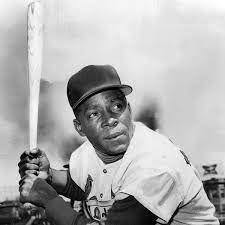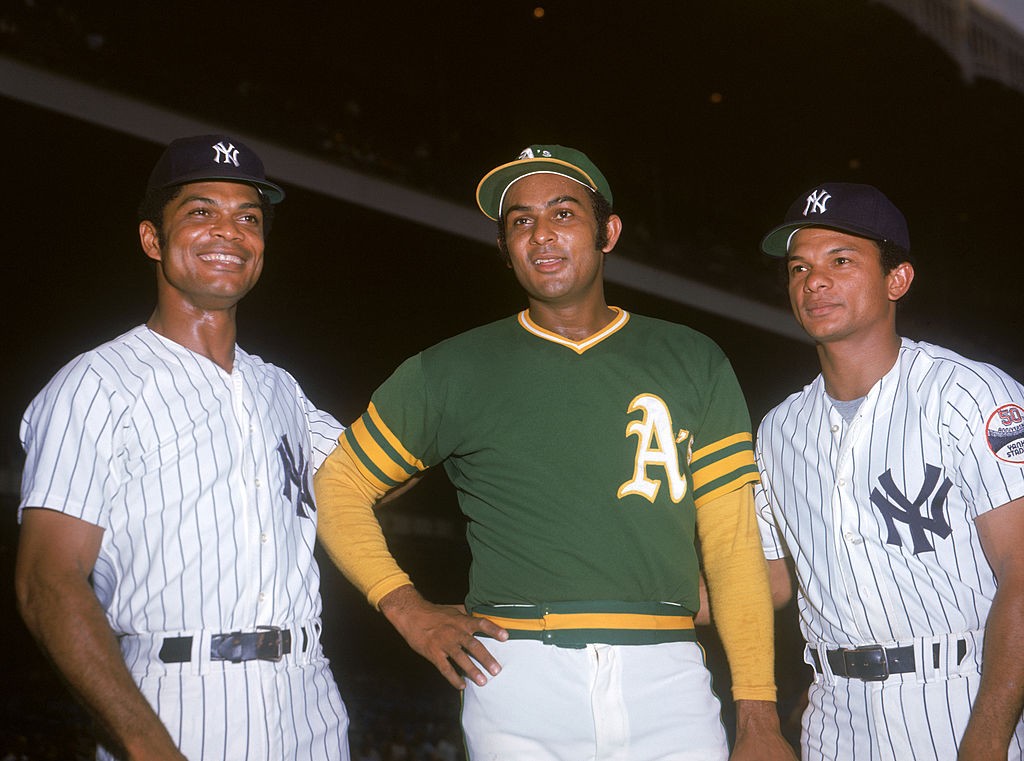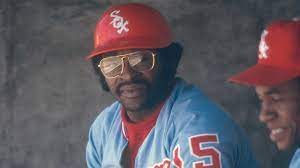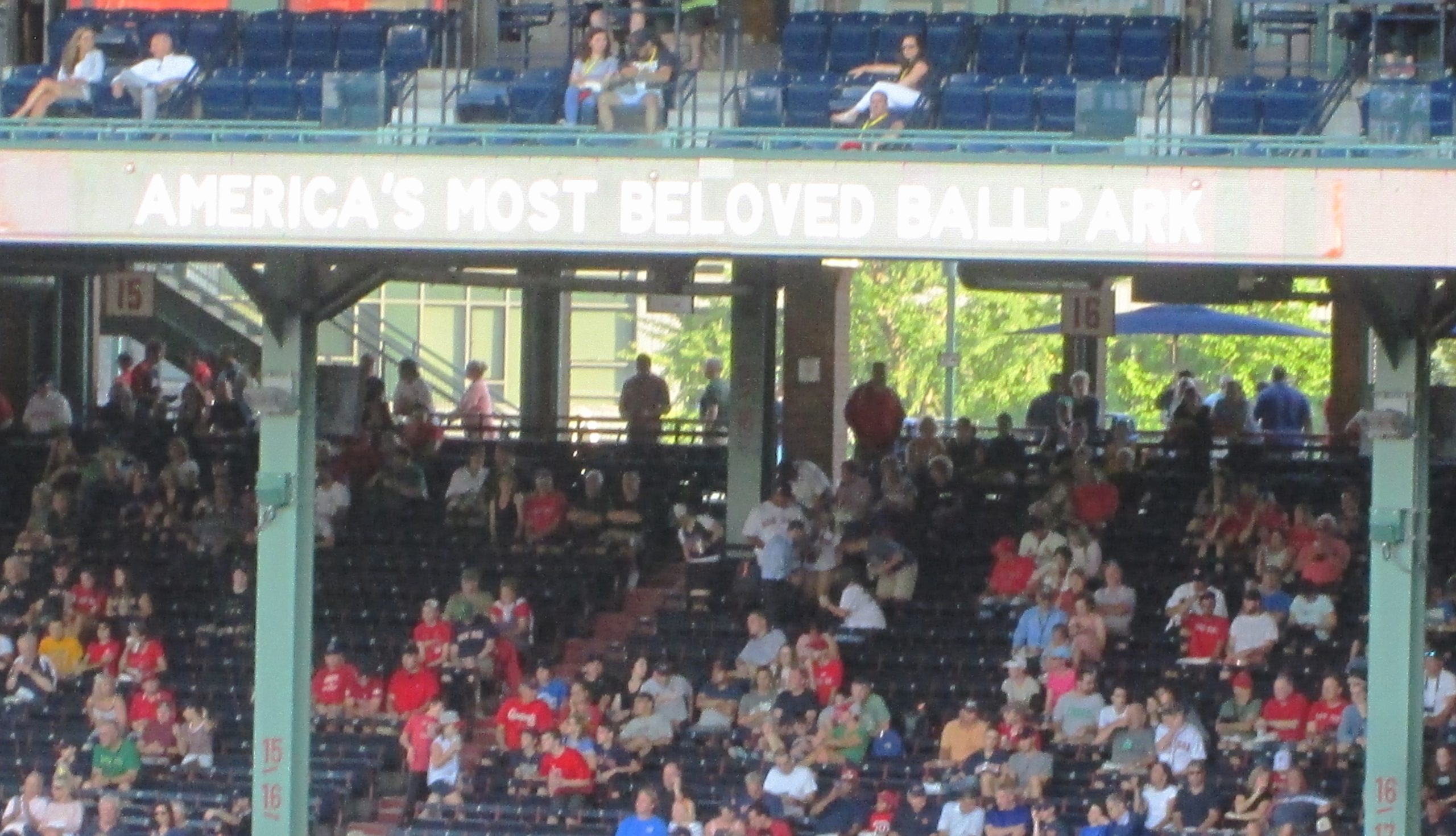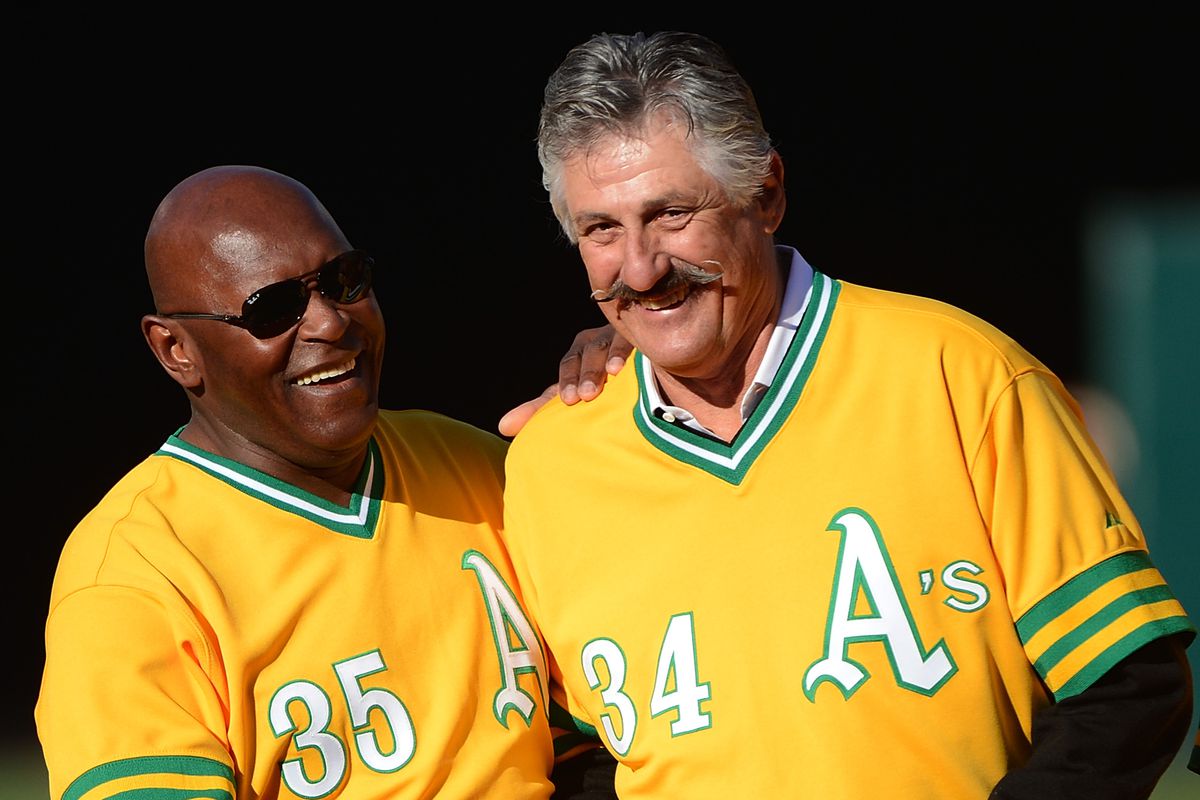Minnie Minoso traveled a circuitous path to become Major League Baseball’s first Afro-Latino star.
A dynamic, all-around player with speed, an excellent batting eye and considerable power, Minoso [Mi-NO-so] helped transition baseball to a fully integrated game. A courageous man who served as the bridge between baseball’s two eras — segregation and integration — Minoso was a pioneer who helped pave the way for future Latino stars Roberto Clemente, Juan Marichal and Felipe Alou.
The heart and soul of the Go-Go Sox of the 1950s, Minoso was a seven-time All-Star who won three Gold Gloves. He batted over .300 in eight seasons and drove in over 100 runs four times. Nicknamed the Cuban Comet, Minoso was the AL leader in triples and stolen bases three times each and in hits, doubles and total bases once each. Along with Willie Mays, Minoso led the resurgence of the stolen base in the 1950s. He was masterful at getting on base, leading the AL in hit-by-pitch a record ten times, and held the league mark for career times hit-by-pitch for 25 years.
The 1951 Sporting News AL Rookie of the Year, Minoso hit 186 home runs, stole 205 bases, and amassed a 130 OPS+ in parts of 17 big league seasons. A defensive standout who played both third base and outfield, he led American League left fielders in assists six times and in putouts and double plays four times each. Minoso collected nearly 2,000 major league hits and drove in over 1,000 runs in stints with four major league teams. Despite never playing on a pennant winner, he finished in the top four of MVP voting
four times.
Born near Havana, Cuba, November 29, 1925, Orestes Armas Minoso was one of five children born to parents who labored in the sugar cane fields. He started playing baseball in the sandlots of Cuba, first with the Ambrosia Candy team and later earning a spot with the cigar manufacturer Partagas squad. In 1946, Minoso signed with the New York Cubans of the Negro National League for $ 300 per month. Batting leadoff and playing third base, he hit .309. The following year, he made the first of two consecutive appearances as the starting third baseman for the East in the Negro League All-Star Game.
After helping the Cubans win the Negro League World Series in 1948, Minoso was signed by Cleveland Indians owner Bill Veeck. The Indians owner had integrated the American League with the signing of Larry Doby in 1947, less than three months after Jackie Robinson broke baseball’s color barrier with the Brooklyn Dodgers.
The fleet Minoso made his major league debut in April 1949, becoming the first Black Cuban in the big leagues. He got his first hit on May 4, then belted his first homer the following day. But Minoso was a victim of the slow pace of integration in the majors. The Indians were signing black players faster than any team in baseball, and could not find a spot for him in the lineup. He appeared in only nine games in 1949 before being sent to the Triple-A Pacific Coast League for two seasons. In 1951, Minoso was shipped to the Chicago White Sox in a three-team deal.
Mr. Minoso became the eighth black player – and first Black Cuban – in MLB history. Like Robinson and Doby, he had to battle racism and segregation while defying stereotypes about his intelligence, stamina and mental fortitude. Minoso encountered what Roberto Clemente called “two strikes” while living in the United States: one for being black, the other for being Latino. As a foreign-born black man who spoke little English, Minoso lacked
familiarity with U.S. racial mores and practices, obstacles neither Robinson nor Doby had to face.
Minoso’s passion for the game and unbridled enthusiasm made him a fan favorite. He was beloved on the south side of Chicago, a racially and ethnically diverse melting pot of working-class fans. Minoso endeared himself to Chicagoans from his very first appearance, when he homered on the first pitch of his first at bat against the hated New York Yankees at Comiskey Park. He was an instant star, helping the White Sox become a perennial American League contender.
One of the most dynamic players in White Sox history, Minoso became the first to hit 100 career homers with the franchise. He held the club’s career home run record for nearly 20 years. Sadly, Minoso was traded to Cleveland in 1958 and missed the Sox’ only World Series appearance since 1919, when they lost to the Los Angeles Dodgers in the 1959 Fall Classic. He returned to the South Side in 1960, where he was presented with an honorary pennant ring. MLB’s first Afro-Latino played briefly with St. Louis and Washington before ending his career in a White Sox uniform in 1964.
In 1976, White Sox owner Bill Veeck hired Minoso as a coach, then talked him into serving as a late-season DH. Minnie hadn’t recorded a hit in 12 years. On September 11, he went 0-for-3 against the California Angels. One day later, the 50-year-old Minoso singled sharply to left off Sid Monge. With his single, Minoso became the fourth-oldest player ever to record a big league hit.
It ended up being the final hit of Minoso’s career, though he had a pair of at-bats four years later. In the last game of the 1980 season – less than two months shy of his 55th birthday – Minoso came out of retirement to pinch-hit once again, grounding out while becoming major league baseball’s only five-decade player. In 1990, Bill Veeck’s son, Mike, put Minnie on the roster of the St. Paul Saints in the Northern League. By appearing there, Minoso became the only man in professional baseball history to play in six decades.
Many baseball purists where critical of Minoso’s decision to come out of retirement, calling his appearances a “side show.” The gimmickry of those latter-day cameos may have cost him more serious Hall of Fame consideration. Playing decades before “sabermetrics,” Minoso was one of the top offensive players his era. He had five years with an on-base percentage over .400 and was in the top ten in OPS eight times in ten years. A major league rookie at 26, he was a standout in every league he played in. Minoso amassed over 4,000 professional hits between the Negro, Mexican, Cuban and Major leagues, yet he missed election to the Baseball Hall of Fame in 2011 and 2014.
Minnie Minoso was a five-time All-Star before the Cubs put their first black player, Ernie Banks, on the field. The two Chicago baseball iconic ambassadors were the faces of their respective franchises, and neither ever appeared in a World Series. In March 2015 – just six weeks after Banks’ passing – Mr. White Sox died of a heart ailment. The White Sox retired Minoso’s No. 9 in 1983 and erected a statue of him outside U.S. Cellular Field in 2004.
On this date in 1960, Minnie Minoso had two hits – a single and a two-run triple – to help the Chicago White Sox down the Detroit Tigers, 4-1, at Comiskey Park. In the bottom of the fifth inning, the Cuban Comet stole
second base, his 14th swipe of the season.

